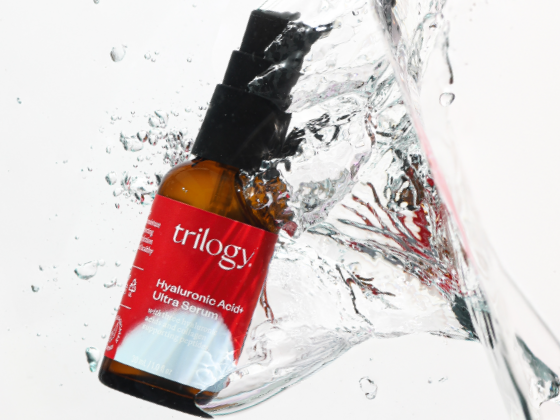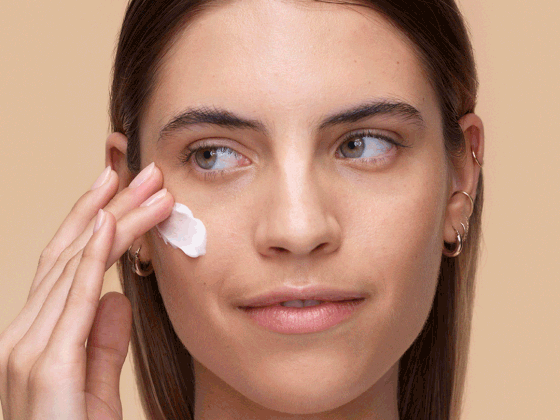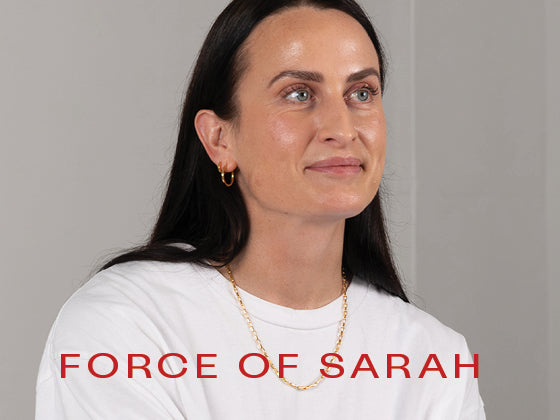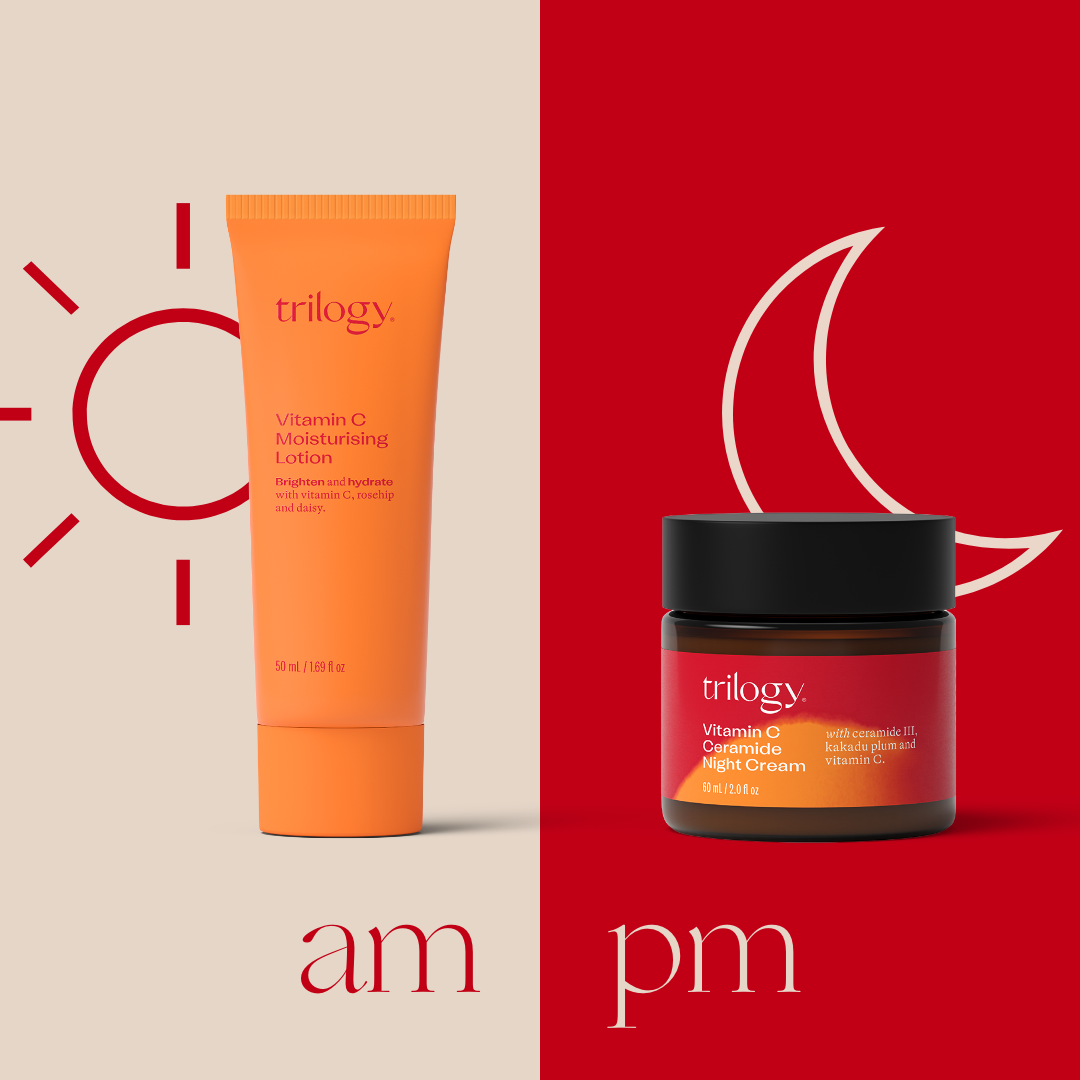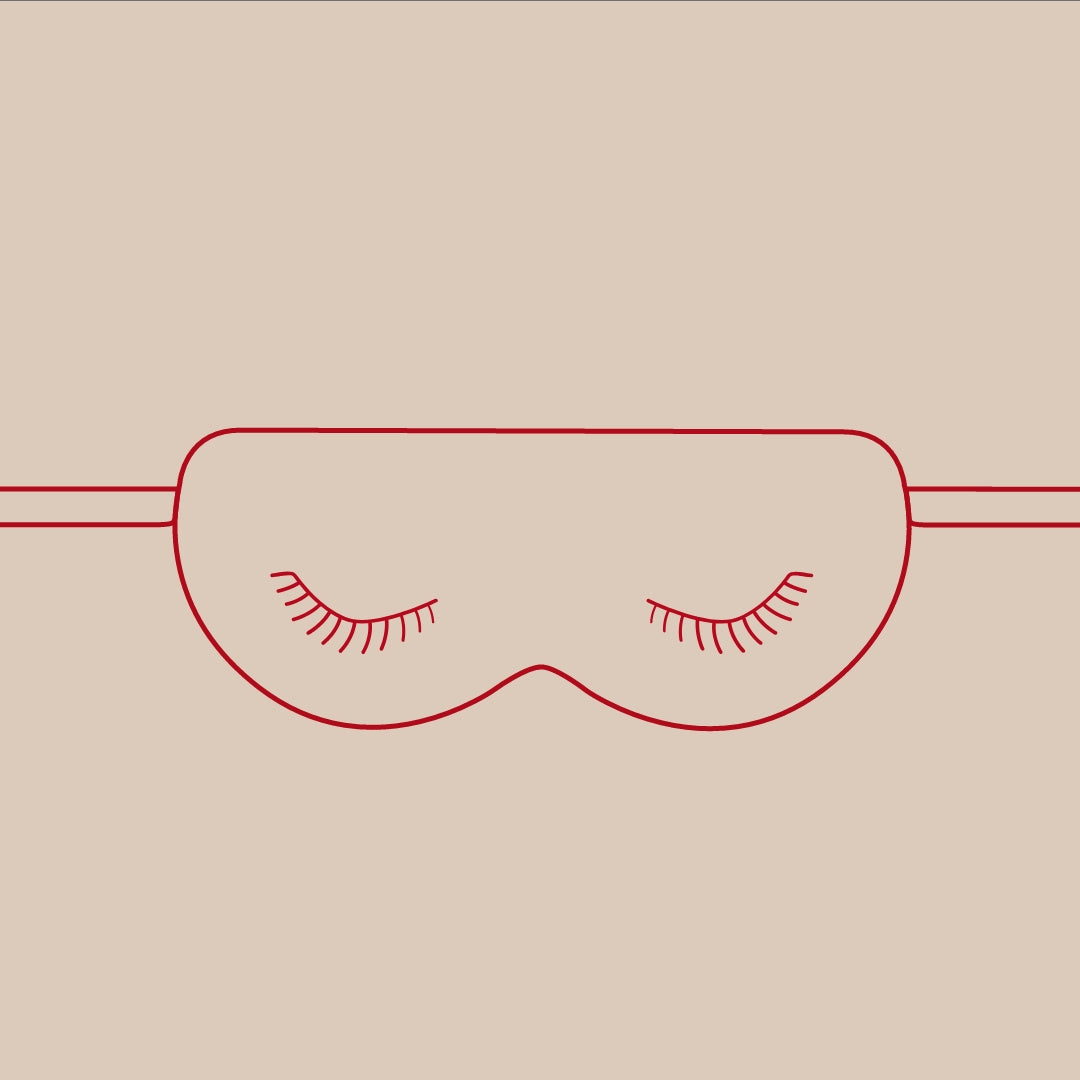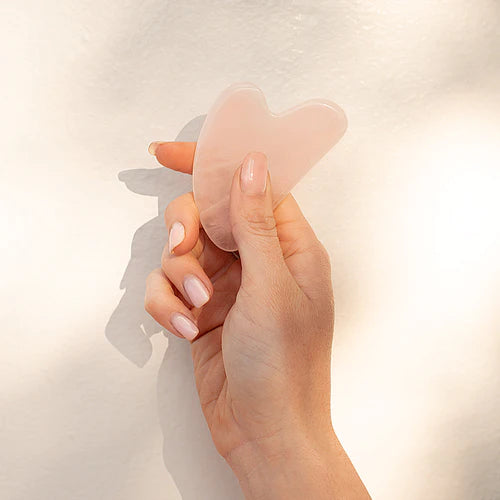If you thought that all moisturisers were created equal, you’re not alone. Moisturiser is moisturiser right? Well, not quite! Not only is your perfect moisturiser match dependent on your skin type, it's also dependent on the time of day. And, when we learn how our skin works it all makes sense.
The easiest analogy to draw is to think of our skin like our appetite. What it needs depends on the time of day: Breakfast is light, and dinner is more substantial just like our day cream is lighter than our night one.
The easiest analogy to draw is to think of our skin like our appetite. What it needs depends on the time of day: Breakfast is light, and dinner is more substantial just like our day cream is lighter than our night one.
At night, three things happen in the body that impact our skin.
1. We produce less oil: This means our natural moisture supply is effectively on pause for roughly 8 hours.
2. Our blood vessels sit just under our skin meaning we sweat more, losing more moisture.
3. Usually between around 11pm – 4am, cell renewal takes place. That’s the time products that support that process need to be on our skin in order to produce collagen and facilitate repair.
2. Our blood vessels sit just under our skin meaning we sweat more, losing more moisture.
3. Usually between around 11pm – 4am, cell renewal takes place. That’s the time products that support that process need to be on our skin in order to produce collagen and facilitate repair.
While we’re sleeping, our skin is working hard, and it needs the right fuel to do that.

During the day, however, it’s all about protecting our moisture barrier from the elements and the environment and, for make-up wearers, prepping the skin. So, we know that day creams aren’t nourishing enough for our skin at night but why can’t we wear a night cream during the day?

Because night creams are rich in emollients, it can cause foundation to separate or change colour, it can be too greasy, and it can overwhelm the skin with ingredients it doesn’t need during the day, leading to breakouts or milia which is a build-up of product in the pores. The only exception to this rule is when the skin is very dry. In this case, a night cream during the day can give skin a soft base. We recommend trying this every other day at first to check your skin responds well. Just remember to apply an SPF on top as night creams won’t have any sun protection!
 Skip to content
Skip to content

